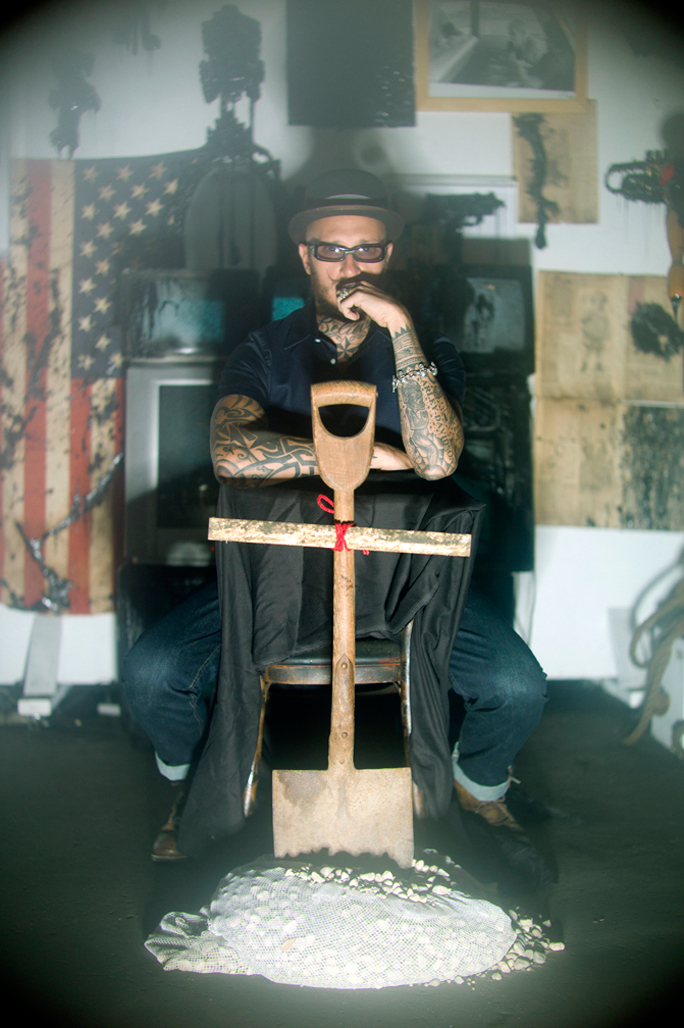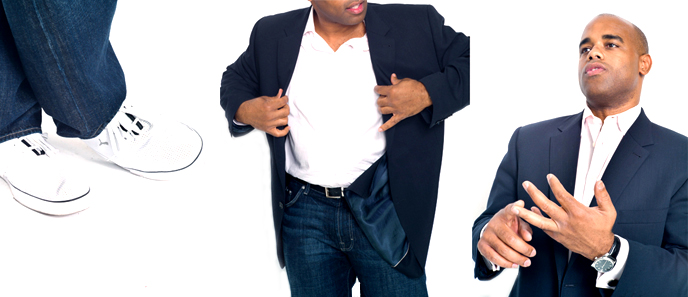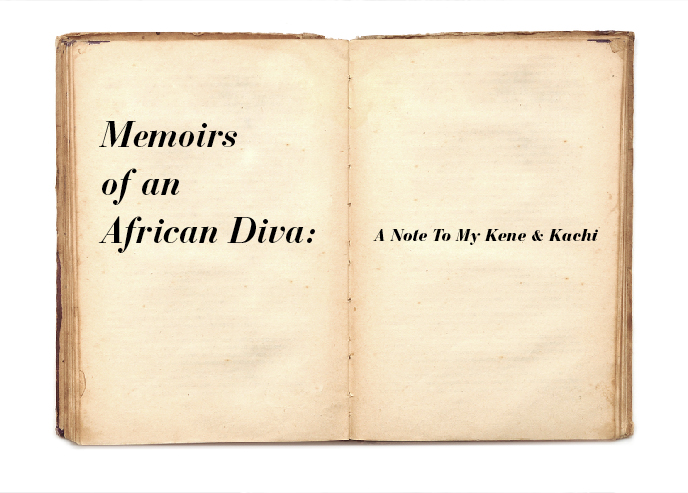
In 2001, Mattia Biagi moved from Italy to Los Angeles. Here, his encounter with the La Brea Tar Pits changed the direction of his work. Inspired by the tar’s texture, ideas of preservation, and the juxtaposition of the prehistoric pits’ place at the center of a contemporary urban environment, Biagi began using tar in his work with the relics of childhood - particularly his trademark teddy bears, musical instruments, cars, and other icons of our age. Using his personal journey as a starting point, Biagi examines issues of war, materialism, and spiritualism. He creates a visual record of contemporary culture encapsulated and suspended in time. His work stimulates the viewer to look in new ways at surrounding objects. AfroStyle Magazine caught up with Biagi at his studio to discuss his work and his current exploration of cultural superstition.
ASM: What brought you to art?
MB: Actually, art has always been in my life. My father is always creating in different ways - from cooking to many other things. I see some form of art in everything. However, in the last ten years, with the different disciplines such as painting, sculpting and more, I was able to figure out what direction in art I wanted to take.
ASM: You don’t separate art from any part of your life….it is your life!
MB: It is; the strange thing is that I never realized it until fifteen years ago when I started to make something to create a piece of art. Initially, I was just doing it without thinking much about it. I was playing around while putting together collages, photographs or videos.
ASM: Do you ever notice people who create but don’t consider themselves artists?
MB: In Italy, I was around many friends with amazing artistic talents but they were not really focused on art; they just mutely created things. Some later embraced their talents and moved on to make something out of them. Others just do it because they like it and they already have their good paying jobs. I think that they would be amazing artists if they chose to go the other direction. Art is the new rock star, which was not heard of until twenty years ago. Artists are in magazines and television; making a lot of money - they are celebrities. Now almost everyone wants to be an artist. It is interesting how this arena is moving in a new direction.
ASM: Do you think this has affected the art world in general?
MB: Yes, I am sure. I cannot say if it is in a good or bad way because I am in the middle of it. For me, it is in a good way since it opened the door for me when I realized I could make something out of what I love doing. It is so nice to sell a piece of work not for the money itself, but for the appreciation. Everyone can compliment your work, but when one commits to actually buying your work regardless of your status or the financial benefit of your work, it is the best compliment because they are telling you they like what you do. It could be an inexpensive piece but the action of buying something is a good thing to experience.
___
ASM: Does the buyer’s willingness to purchase have to do with the energy between the artist and the viewer/owner?
MB: I see that in different layers. I know a lot of people who buy because they see it as an investment. Sometimes they do not know what they are buying but they know that it is valuable and will be a collectible piece in a few years. People have stopped by my studio on their way to a destination and the moment they see my works, they are delighted and want to buy. I have given away items as gifts to a few who would consistently drop by to see more of my work. I love that because I see the appreciation. There are many things that drive artists to do what they do. For me, having a spectator in a sense confirms that I am doing something good. (This) is important to me. Others may not care, but opinions do matter to me. I am very sensitive to them and I listen to opinions to know if they do or do not like something. I like to have those conversations.
ASM: You use religious, cultural, and national icons in your work - icons embedded in our larger social consciousness. How do you relate to icons? How do you select the icons you use?
MB: I do not have a diary so everything that I do is part of my journey. Therefore, creating a piece of art is like writing in a diary. I always try to use iconography because I love the meaning they have themselves without me transforming them. I have always loved a lot of American iconography while living in Italy. So much so that I had to get them when I came to America - the American flag, the McDonald’s iconography, the weapons. Every piece has a story or experience I encountered. For example, I did not know that people could go and shoot some rounds for leisure without a license at gun ranges. It was mind blowing to me. With religious iconography, I attended a church school; however, growing up, I lost that religious side for a moment. I noticed upon arriving to America that there aren’t many churches or history as they are in Italy. To get back to the religious part of me, I purchased a cross for my home because I believe in God. To preserve that, I created a series of tarred crosses. I feel that one does not have to attend a church but they have to believe in something, which would draw in positivity. I try to preserve every experience with tar for fear of forgetting these experiences. In a sense I am freezing my memories and emotions so I do not loose them. Now I am experimenting with different materials for new projects.


